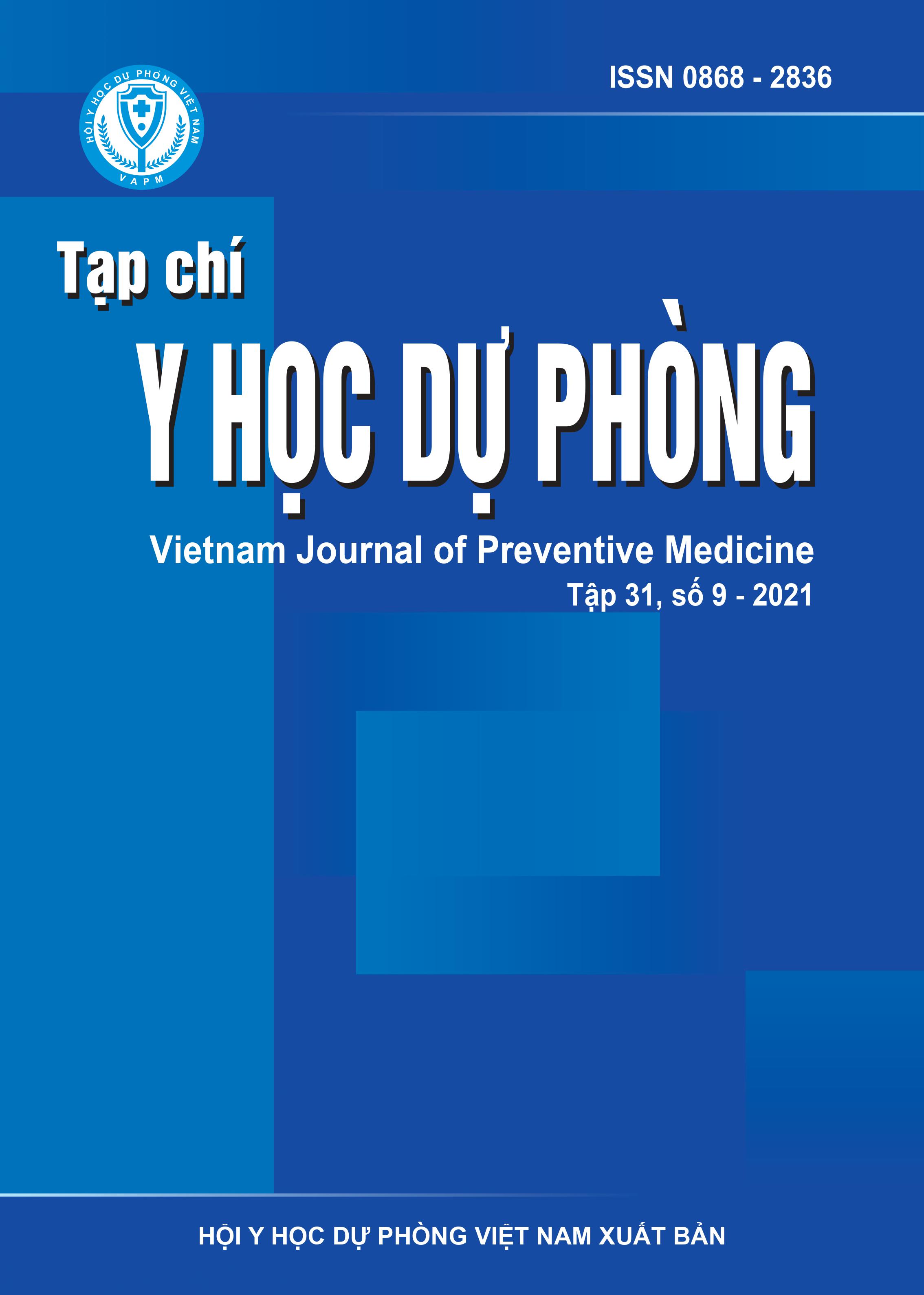Effectiveness in improving nutritional status, digestion and respiratory infections in stunted children 2 - 6 years old in Ha Giang province through the nutrient - rich products supplementation
DOI:
https://doi.org/10.51403/0868-2836/2021/480Keywords:
Stunted, Digestion, Respiratory infection, children 2 - 6 years old, Nutrition products, Ha Giang provinceAbstract
A cluster randomized controlled trial to evaluate the effectiveness of nutrient-rich product supplementation on the nutritional status and dietary intake of stunting children 2 - 6 years old in 2 communes of Vi Xuyen district, Ha Giang province. 300 stunted children 2 - 6 years old were randomly divided into 2 groups. The intervention group was given 2 packs of nutritional products/day for 6 consecutive months, the control group followed the normal diet. After 3 months and 6 months, the rate of stunting in the intervention group decreased compared with the control group, p < 0.05. The percentage of children with upper respiratory tract infections (6 - 10 times) in 6 months and the average number of episodes and days of respiratory infections in the intervention group were lower than in the control group (p < 0.05). Diarrhea, constipation and raw stools of children in the intervention group also improved better than in the control group (p < 0.05). Using nutritional products for 6 months effectively improves nutritional status, digestion and respiratory infections in children 2 - 6 years old malnourished stunting.
Downloads
Downloads
Published
How to Cite
Issue
Section
License
Publication License No 150/GP-BTTTT signed on May 8, 2014;
Electronic Publication License No 322/GP-BTTTT signed on June 15, 2016.


